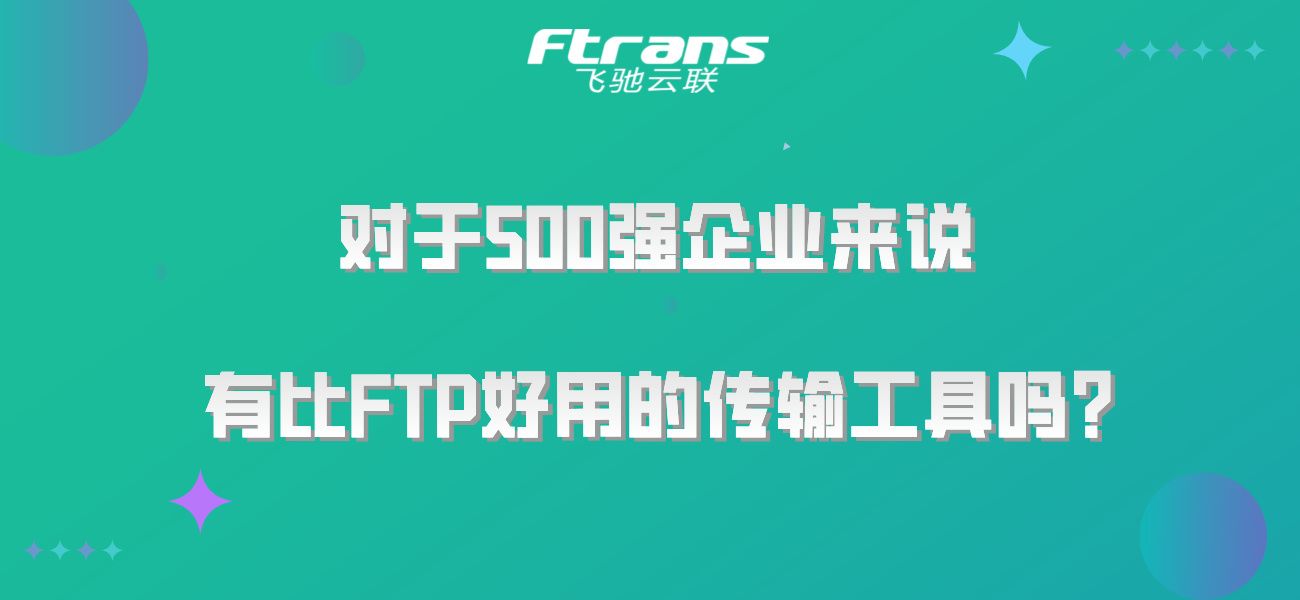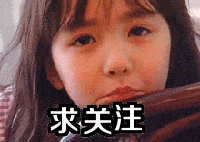上一篇文章学到了碎片的创建与生命周期,接下来学习碎片的常用操作,其中会用到上一篇文章的三个碎片,就做一个简单的说明吧:LeftFragment(包含一个按钮)、RightFragment4(以粉色为背景的文本,并在这个碎片中写了所有的回调方法)、AnotherRightFragment(以紫色为背景的文本)
FragementManager
每一个Activity都有一个Fragement Manager,用来管理它所包含的Fragement,在使用支持库的时候,使用getSupport-FragmentManager方法来访问Fragement Manager
添加Fragement到Activity中
知识点部分
Fragment的添加
在上一篇当中提到动态地添加碎片,使用是replace()方法,但它其实是碎片的替换方法替换当前的 Fragment 为一个新的 Fragment。真正的添加方法为add()。在一个容器当中可以添加多个Fragment,它们依次盖在上面,类似于FrameLayout。
Fragment的查找
删除与替换的前提都是这个碎片先找到,此时我们使用fragmentManager.findFragmentById(R.id.fcv)和fragmentManager.findFragmentByTag("hhh"),根据这两个方法查找到最上面的一个,如果没有,则从BackStack里找,并返回最先添加的一个,如果没有,返回null
Fragment的移除
fragmentTransaction.remove(fragment).commit()方法移除,依次移除当前容器最上面的一个Fragment,但只是将其从容器中移除,backStack里仍然存在,使用查找方法仍可以找到,只不过它的状态是不可见的,需要按下返回键才能彻底移除
Fragment的替换
fragmentTransaction.replace(R.id.fcv, LeftFragment.class, null)当没有addToBackStack会将容器上的所有碎片进行移除,添加新的Fragment。此时BackStack里的Fragment仍然存在,按下返回键依然会响应到BackStack,即弹出BackStack里的Fragment,此时我们看到的是替换的碎片,但是看着好像什么都没有发生。
Fragment的显示与隐藏
show、hide:只是把Fragment显示/隐藏,Fragment的生命周期不发生变化,相当于View的显示/隐藏
attach、detach:把Fragment从容器中移除/装载,Fragment的生命周期发生变化,执行到onDestroyView,其View被销毁,但Fragment仍存在
体验
接下来就体验一下吧:
首先我们创建一个新的活动,其中我们在布局里面放入一个碎片容器以及各种操作的按钮,布局文件代码:
<LinearLayout xmlns:android="http://schemas.android.com/apk/res/android"
xmlns:app="http://schemas.android.com/apk/res-auto"
xmlns:tools="http://schemas.android.com/tools"
android:id="@+id/main"
android:layout_width="match_parent"
android:layout_height="match_parent"
android:orientation="vertical"
tools:context=".FragmentAdd">
<androidx.fragment.app.FragmentContainerView
android:layout_width="match_parent"
android:layout_height="wrap_content"
android:layout_marginTop="10dp"
android:id="@+id/fcv"/>
<Button
android:layout_width="wrap_content"
android:layout_height="wrap_content"
android:layout_gravity="center"
android:id="@+id/add1"
android:text="add1"/>
<Button
android:layout_width="wrap_content"
android:layout_height="wrap_content"
android:layout_gravity="center"
android:id="@+id/add2"
android:text="add2"/>
<Button
android:layout_width="wrap_content"
android:layout_height="wrap_content"
android:layout_gravity="center"
android:id="@+id/remove1"
android:text="remove1"/>
<Button
android:layout_width="wrap_content"
android:layout_height="wrap_content"
android:layout_gravity="center"
android:id="@+id/remove2"
android:text="remove2"/>
<Button
android:layout_width="wrap_content"
android:layout_height="wrap_content"
android:layout_gravity="center"
android:id="@+id/replace"
android:text="replace"/>
<Button
android:layout_width="wrap_content"
android:layout_height="wrap_content"
android:layout_gravity="center"
android:id="@+id/show"
android:text="show"/>
<Button
android:layout_width="wrap_content"
android:layout_height="wrap_content"
android:layout_gravity="center"
android:id="@+id/hide"
android:text="hide"/>
<Button
android:layout_width="wrap_content"
android:layout_height="wrap_content"
android:layout_gravity="center"
android:id="@+id/attach"
android:text="attach"/>
<Button
android:id="@+id/detach"
android:layout_width="wrap_content"
android:layout_height="wrap_content"
android:layout_gravity="center"
android:text="detach" />
</LinearLayout>
主要是在主活动里的代码:
public class FragmentAdd extends AppCompatActivity {
@Override
protected void onCreate(Bundle savedInstanceState) {
super.onCreate(savedInstanceState);
EdgeToEdge.enable(this);
setContentView(R.layout.activity_fragment_add);
ViewCompat.setOnApplyWindowInsetsListener(findViewById(R.id.main), (v, insets) -> {
Insets systemBars = insets.getInsets(WindowInsetsCompat.Type.systemBars());
v.setPadding(systemBars.left, systemBars.top, systemBars.right, systemBars.bottom);
return insets;
});
Button buttonadd1 = (Button) findViewById(R.id.add1);
buttonadd1.setOnClickListener(new View.OnClickListener() {
@Override
public void onClick(View v) {
addFragment1(FragmentAdd.this.getCurrentFocus());
}
});
Button buttonadd2 = (Button) findViewById(R.id.add2);
buttonadd2.setOnClickListener(new View.OnClickListener() {
@Override
public void onClick(View v) {
addFragment2(FragmentAdd.this.getCurrentFocus());
}
});
Button buttonremove1 = (Button) findViewById(R.id.remove1);
buttonremove1.setOnClickListener(new View.OnClickListener() {
@Override
public void onClick(View v) {
removefragment1(FragmentAdd.this.getCurrentFocus());
}
});
Button buttonremove2 = (Button) findViewById(R.id.remove2);
buttonremove2.setOnClickListener(new View.OnClickListener() {
@Override
public void onClick(View v) {
removefragment2(FragmentAdd.this.getCurrentFocus());
}
});
Button buttonreplace = (Button) findViewById(R.id.replace);
buttonreplace.setOnClickListener(new View.OnClickListener() {
@Override
public void onClick(View v) {
replacefragment(FragmentAdd.this.getCurrentFocus());
}
});
Button buttonshow = (Button) findViewById(R.id.show);
buttonshow.setOnClickListener(new View.OnClickListener() {
@Override
public void onClick(View v) {
showfragment(FragmentAdd.this.getCurrentFocus());
}
});
Button buttonhide = (Button) findViewById(R.id.hide);
buttonhide.setOnClickListener(new View.OnClickListener() {
@Override
public void onClick(View v) {
hidefragment(FragmentAdd.this.getCurrentFocus());
}
});
Button buttonattach = (Button) findViewById(R.id.attach);
buttonattach.setOnClickListener(new View.OnClickListener() {
@Override
public void onClick(View v) {
attachfragment(FragmentAdd.this.getCurrentFocus());
}
});
Button buttondetach = (Button) findViewById(R.id.detach);
buttondetach.setOnClickListener(new View.OnClickListener() {
@Override
public void onClick(View v) {
detachfragment(FragmentAdd.this.getCurrentFocus());
}
});
}
public void addFragment1 (View view) {
FragmentManager fragmentManager = getSupportFragmentManager();
FragmentTransaction fragmentTransaction = fragmentManager.beginTransaction();
fragmentTransaction.add(R.id.fcv, RightFragment4.class, null, "添加碎片")
.addToBackStack("hhh")
.setReorderingAllowed(true)
.commit();
}
public void addFragment2 (View view) {
FragmentManager fragmentManager = getSupportFragmentManager();
FragmentTransaction fragmentTransaction = fragmentManager.beginTransaction();
AnotherRightFragment anotherRightFragment = new AnotherRightFragment();
fragmentTransaction.add(R.id.fcv, anotherRightFragment).commit();
}
public void removefragment1 (View view) {
FragmentManager fragmentManager = getSupportFragmentManager();
FragmentTransaction fragmentTransaction = fragmentManager.beginTransaction();
Fragment fragment = fragmentManager.findFragmentById(R.id.fcv);
Log.d("查找碎片", "查找的顶端碎片" + fragment.toString());
fragmentTransaction.remove(fragment).commit();
}
public void removefragment2 (View view) {
FragmentManager fragmentManager = getSupportFragmentManager();
FragmentTransaction fragmentTransaction = fragmentManager.beginTransaction();
Fragment fragment = fragmentManager.findFragmentByTag("添加碎片");
Log.d("查找碎片", "根据Tag查早的碎片" + fragment.toString());
fragmentTransaction.remove(fragment).commit();
}
public void replacefragment(View view) {
FragmentManager fragmentManager = getSupportFragmentManager();
FragmentTransaction fragmentTransaction = fragmentManager.beginTransaction();
fragmentTransaction.replace(R.id.fcv, LeftFragment.class, null).commit();
}
public void showfragment(View view) {
FragmentManager fragmentManager = getSupportFragmentManager();
FragmentTransaction fragmentTransaction = fragmentManager.beginTransaction();
Fragment fragment = fragmentManager.findFragmentById(R.id.fcv);
if (fragment != null) {
fragmentTransaction.show(fragment).commit();
}
}
public void hidefragment(View view) {
FragmentManager fragmentManager = getSupportFragmentManager();
FragmentTransaction fragmentTransaction = fragmentManager.beginTransaction();
Fragment fragment = fragmentManager.findFragmentById(R.id.fcv);
if (fragment != null) {
fragmentTransaction.hide(fragment).commit();
}
}
Fragment fragmenthh;
public void attachfragment(View view) {
FragmentManager fragmentManager = getSupportFragmentManager();
FragmentTransaction fragmentTransaction = fragmentManager.beginTransaction();
/*Fragment fragment = fragmentManager.findFragmentById(R.id.fcv);*/
if (fragmenthh != null) {
fragmentTransaction.attach(fragmenthh).commit();
}
}
public void detachfragment(View view) {
FragmentManager fragmentManager = getSupportFragmentManager();
FragmentTransaction fragmentTransaction = fragmentManager.beginTransaction();
fragmenthh = fragmentManager.findFragmentById(R.id.fcv);
if (fragmenthh != null) {
fragmentTransaction.detach(fragmenthh).commit();
}
}
}
添加:为所有的按钮注册了点击事件,两种不同的添加方式,第一种我们添加进去粉色底色的文本,按下第二个按钮就会添加进去一个紫色的文本,两种添加方式也不同,第一个添加方式采用上一篇内容的模拟返回栈内容,当你按下第一个按钮会看到这样的界面:

此时按下add2按钮,采用第二种方式添加碎片,界面发生了变化:

此时我们只能看到第二个碎片,碎片的添加方式是叠加的,此时查看到底有多少个碎片:

就可以看到此时共有两个碎片,在返回栈当中只有一个碎片,因为只有第一个按钮是将添加的碎片也加入到返回栈当中,此时按下Back按钮会看到页面没有发生任何的变化,此时是将返回栈当中的第一个碎片取出来,再次按下Back键,就会退出这个活动。
思考一下,如果我再次按下第一个按钮,将第一个碎片再次加入到活动当中,此时按下Back键会发生什么,按多少次Back按钮才会退出这个活动呢?
此时我们明白,返回栈当中有两个粉色的碎片,当第一次按下Back按钮,最上面的粉色碎片就会从返回栈当中移除,此时界面为紫色,之后返回栈当中就只剩下一个碎片了与上面的情况一样。因此我们一共需要按3次Back按钮才会退出活动。
查找与删除:我们依次添加四个碎片,此时有两个进入了栈里面,此时页面为紫色碎片的样子

此时按下第一个移除键,删除的是活动顶部的碎片,紫色碎片被移除,页面为粉色的碎片,查看日志的打印信息:

可以看到删除的就是顶部的碎片,此时按下remove2,会页面没有发生变化,但我们知道是因为有两个一样的碎片,再次按下remove2,会看到页面变回了紫色,此时查看打印日志:

再次按下remove1,我们知道碎片已经移除完毕了,此时页面没有任何的碎片,再次按下删除键,此时不会进行移除操作,但会去返回栈寻找最底部即第一次添加的碎片。
替换:重新运行程序,添加几个碎片到活动当中,此时查看含有的碎片:

按下replace按钮,被替换成了另一个含有按钮的碎片:

此时查看有多少个碎片:

此时可以看到活动内所有的碎片都被去除,由新的碎片替代,我们看到栈当中并未有任何的改变,栈内只能由Back键进行操作,此时活动只剩下这一个碎片。
显示与隐藏:
在上篇文章中提到我们给RightFragment4添加了回调方法,因此此处使用这个碎片,此时按下hide按钮,我们看到页面发生了变化,由粉色变为了紫色,此时打印日志并没有发生任何的变化。再次按下show按钮,粉色显示出来了,此时打印日志还是没有发生任何的变化。
接下来按下detach按钮,页面与按下hide按钮的效果相同,此时的打印日志:

当我们attach()的时候这个碎片必须是已经创建好的,但是未与活动创建联系,我们这里将detach的碎片记录下来,这个碎片经过detach()方法与活动解除了联系,再调用attach()方法此时刚才的碎片又显示出来了
到这里就结束了!


















